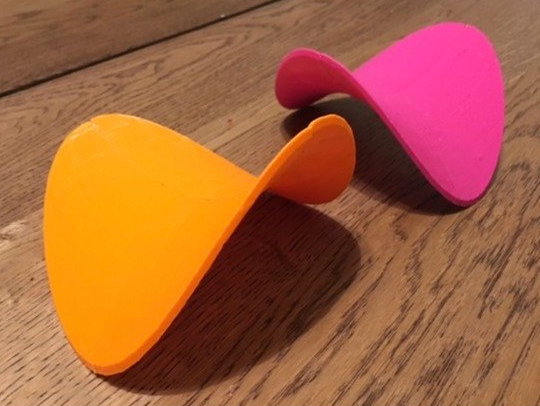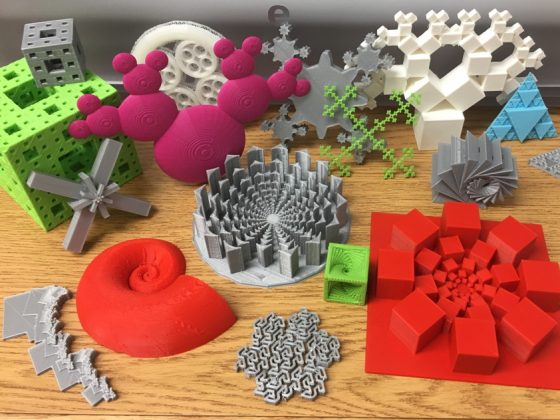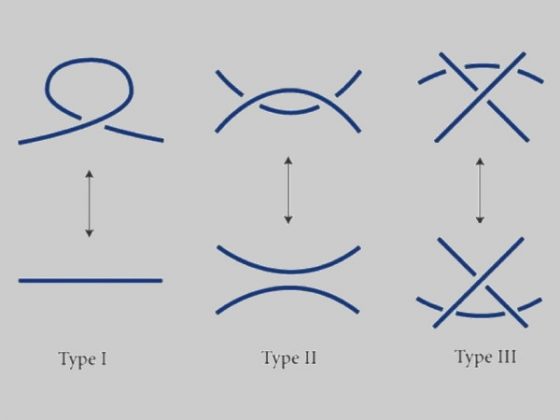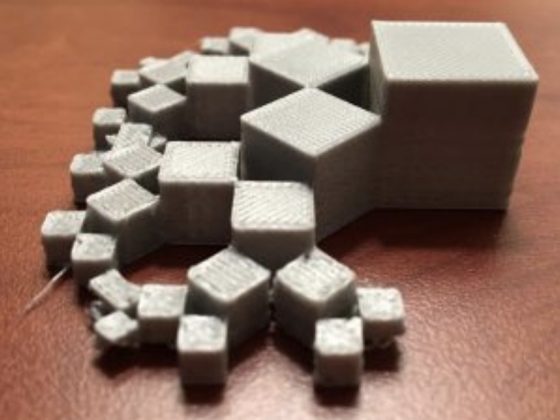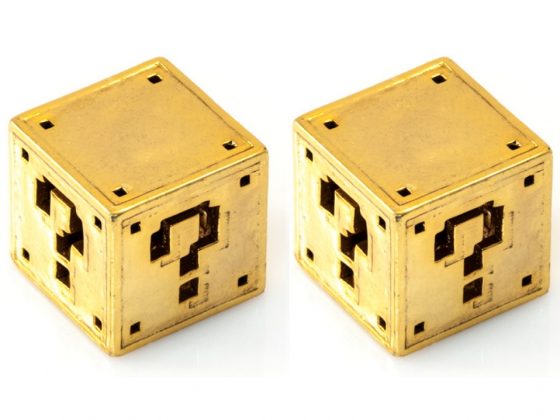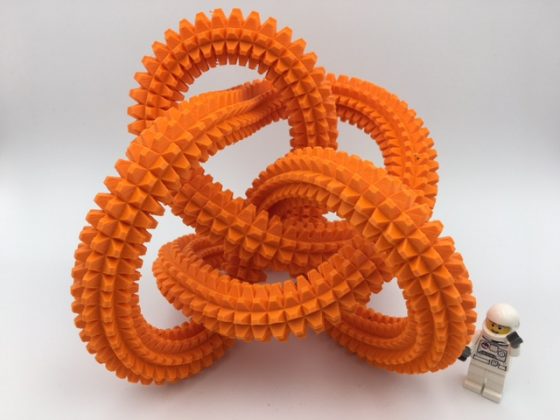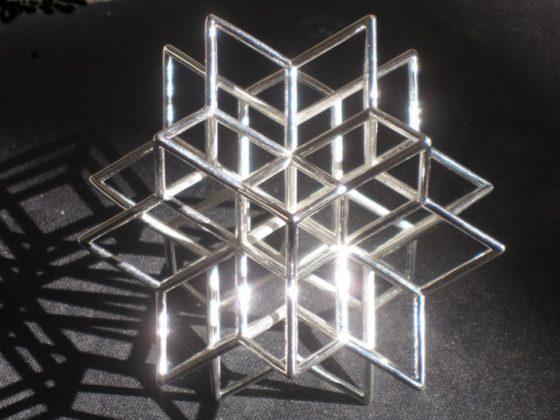Saddle Surface with Mathematica and Tinkercad
https://mathgrrl.com/wp-content/uploads/2018/06/eb42e96dffe32ee89743d77e89bf4122_preview_featured3334.jpg
540
406
mathgrrl
https://secure.gravatar.com/avatar/de00911e0a27aa527aae53a60fc5b663?s=96&d=retro&r=g
A saddle surface is one of the few things I think is really worth 3D printing for Calculus students. There’s something important able to feel the two competing curvatures with your actual hands, instead of just looking at a picture. Since I always like to use the simplest design tools possible, this is a model that I export from Mathematica and then process in the much easier to use design software Tinkercad… // Hacktastic

